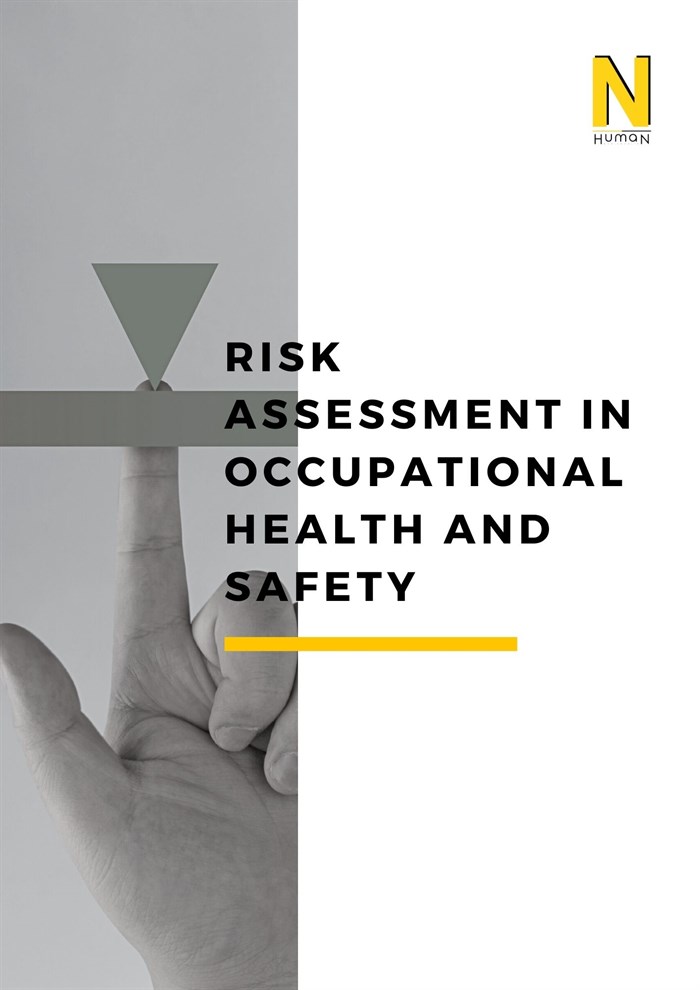Risk Assessment in Occupational Health and Safety
Those who are at work or may come from outside; The possibility of negative consequences arising from hazards that have the potential to damage and harm the employee or workplace creates risks. Prevention studies to eliminate or minimize the risks related to occupational health and safety begin with the process of identifying and evaluating the risks.
Risk assessment is the assessment made to identify and prevent all hazards and health risks arising from working conditions in workplaces. It is necessary to evaluate the possible risk possibilities that may arise from the workplace layout, working environment, working conditions, equipment, work done, tasks, and materials used and to determine preventive solutions. Risk assessments help reduce workplace accidents and occupational diseases. Evaluating the risks in working life enables businesses to prepare objectively the action plans they will follow in the management of these risks.
Psychosocial risks
In cases where psychosocial risks cannot be resolved, presenteeism, absenteeism, decrease in work compliance, quitting, acceleration in personnel change, and inefficient work are observed. Factors that cause these negative outcomes include work-related stress, workload, job control, role conflicts, effort-reward imbalance, leadership qualities, shift working conditions, limited career progression, and poor social relationships in the workplace.
Psychosocial risks, which are determined by evaluating the content and context areas of the job, constitute an important part of the risk assessment process for occupational health and safety.
Psychosocial Risk Assessment
Quantitative and qualitative measures are used in psychosocial risk assessment. The most frequently used method in quantitative psychosocial risk measurement is questionnaire applications. A measurement tool to be developed for an evaluation to be made in this way should consist of questions covering the sub-dimensions of the content and context of the job, and it should be noted that job insecurity, lack of control, high work demands, heavy workload, effort-reward imbalance and work-life balance due to the work done in the enterprise or the organizational structure. It should provide information about risks such as failure to install.
N_HumaN's Psychosocial risk assessment model addresses the psychosocial risks specified in the International Labor Organization and ISO 45003 standards in terms of the content and context of the job. In the model, the risk factors related to the content of the job are the work environment, work schedule, workload, and task design; Risk factors related to the context of the job were determined by organizational culture, roles in the institution, career development, work-life balance, freedom of decision/control and interpersonal relations sub-dimensions. At the same time, job satisfaction and well-being as sub-dimensions of stress level, job engagement, and job engagement are also included in the evaluation.
Psychosocial Risks in OHS Risk Assessment
Risks are created by the possibility of negative consequences arising from hazards that are in the workplace or that may come from outside, and that have the potential to damage and harm the employee or workplace. Prevention studies to eliminate or minimize the risks related to occupational health and safety begin with the process of identifying and evaluating the risks.
Psychosocial risks
In cases where psychosocial risks cannot be resolved, presenteeism, absenteeism, decrease in work compliance, quitting, acceleration in personnel change, and inefficient work are observed. Factors that cause these negative outcomes include work-related stress, workload, job control, role conflicts, effort-reward imbalance, leadership qualities, shift working conditions, limited career progression, and poor social relationships in the workplace.
Psychosocial Risk Assessment
Quantitative and qualitative measures are used in psychosocial risk assessment. The most frequently used method in quantitative psychosocial risk measurement is questionnaire applications. A measurement tool to be developed for an evaluation to be made in this way should consist of questions covering the sub-dimensions of the content and context of the job, and it should be noted that job insecurity, lack of control, high work demands, heavy workload, effort-reward imbalance and work-life balance due to the work done in the enterprise or the organizational structure. It should provide information about risks such as failure to install.
N_HumaN's Psychosocial risk assessment model addresses the psychosocial risks specified in the International Labor Organization and ISO 45003 standards in terms of the content and context of the job. In the model, the risk factors related to the content of the job are the work environment, work schedule, workload, and task design; Risk factors related to the context of the job were determined by organizational culture, roles in the institution, career development, work-life balance, freedom of decision/control and interpersonal relations sub-dimensions. At the same time, job satisfaction and well-being as sub-dimensions of stress level, job engagement, and job engagement are also included in the evaluation.

References
Şahan, C., & Demiral, Y. (2019). ÇALIŞMA YAŞAMINDA PSİKOSOSYAL RİSKLERİN ÖLÇÜMÜNE GÜNCEL YAKLAŞIMLAR. Mesleki Sağlık ve Güvenlik Dergisi (MSG), 18(70), 30-38.İSG RİSK DEĞERLENDİRME FORMLARI. MEB ORDU - GÖLKÖY İLÇE MİLLÎ EĞİTİM MÜDÜRLÜĞÜ. (n.d.). Retrieved January 22, 2022, from http://golkoy.meb.gov.tr/www/isg-risk-degerlendirme-formlari/dosya/232
N_HumaN. (2021, February). Psikososyal Riskler Raporu Mevcut Durum Analizi ve Öneriler. N_HumaN . Retrieved January 22, 2022, from https://www.nhumandanismanlik.com/myfiles/PSI%CC%87KOSOSYAL%20RI%CC%87SKLER%20RAPORU%20_%20MEVCUT%20DURUM%20ANALI%CC%87ZI%CC%87%20VE%20O%CC%88NERI%CC%87LE%20_%20SON%20REVI%CC%87ZYON%20TARI%CC%87HI%CC%87%2026%20NI%CC%87SAN%202021.pdf